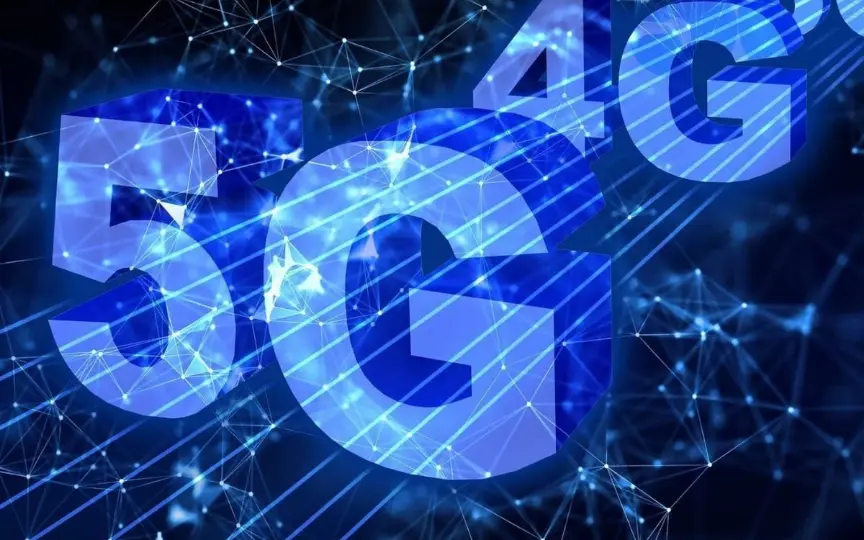Ericsson India Shares Insight on India’s Rapid 5G Deployment With News18
When PM Modi announced the launch of 5G services in India, the country’s telecom operators were still in the middle of the process and most people did not expect the 5G rollout to be fast. But how wrong they were, as has become clear 12 months later, as India’s 5G rollout has become a case study for the world and how it’s possible if all the conditions are right.
That’s the thinking of Ericsson India, which has been a strong force behind the introduction of 5G in thousands of the country’s cities and continues to monitor the growth of the network, which now operates on 100 million smartphones used by Indians.
We recently spoke with Acting Head of Campaigns and Demand for Southeast Asia, Ericsson Oceania and India. with Director Madhukar Massey who gave us a clear picture of where 5G is going in the country, how people are using high speed network and 5G data plans are costing the consumer a premium. Here are excerpts from the interview:
ReturnByte(N18): Where is 5G moving in India 12 months after its launch?
Madhukar Massey (MM): There are two parts to India’s 5G network growth. The first is basically how quickly 5G networks have been rolled out in the country, one of the fastest 5G rollouts around the world, with the number of radios installed by both Jio and Airtel happening at a phenomenal rate. which has made it possible to start the services quickly.
In fact, India’s 5G rollout is a case study for the entire world to see how quickly things can be rolled out. After all, the number of radios commissioned in a year in India far exceeds the cumulative number of radios in most countries.
But a more important factor for 5G growth is consumer adoption of 5G subscriptions. 5G has more than 100 million subscribers, which is about 10 percent of the country’s entire subscriber base.
N18: How did India manage to implement 5G quickly compared to other major countries?
MM: There are several reasons for India’s rapid 5G adoption and 5G network deployment. It was an enabling environment created by the government that optimized the speed of deployment. In fact, PM Modi announced 5G last year, even before the telcos were ready. This ensured that all regulatory roadblocks were removed to allow operators to operate smoothly.
Another aspect is related to the technology involved in the deployment of 5G. India initially lagged behind other countries in 5G adoption. Last year we already had more than 100 5G networks around the world, but we were able to use all of our 4G radios that were set up for about 5 years and were 5G ready. So all we had to do was run a software update that allowed us to upgrade our current infrastructure to 5G.
N18: 5G users in India are still paying for 4G data plans, will that change in the next few years?
MM: One should ask how much high class people are willing to pay for 5G services. We’ve seen with every wave jump (from 3G to 4G, from 4G to 5G) that consumers don’t want to pay extra. But when you really tell these people about the added benefits of moving to 5G, they’re more than willing to pay about a 10-15 percent premium for a premium service.
But technically, operators spend less per gigabyte to run 5G compared to 4G networks. So this way the telcos can offer 5G at the same speed (as 4G plans) and pass the cost benefits on to the consumer.
N18: Based on the 5G use cases, the average person can’t do much with their phone, so is 5G still mainly focused on businesses?
MM: 5G was initially marketed as an enterprise technology that businesses could use more than consumers. Most of the use cases are aimed at the mining industry and agriculture. There is no doubt that in these areas you definitely need 5G because 4G cannot handle these tasks.
Here you ask this question of do consumers really need 5G? Maybe not, but you still can’t deny that 5G is creating specific use cases and applications that can provide premium value that the consumer wouldn’t mind. So we definitely see these use cases evolving and maturing over the next few years.




